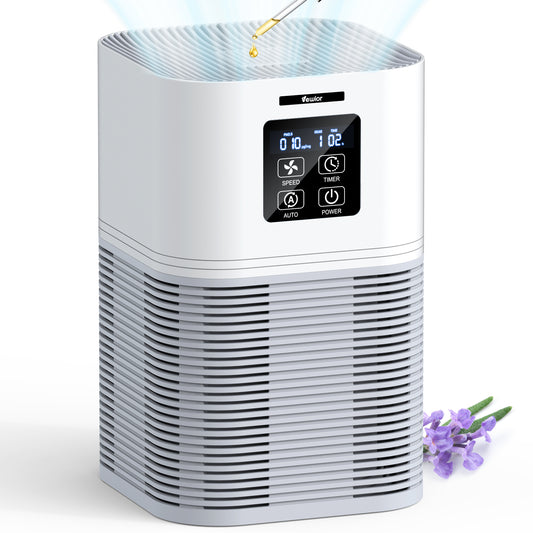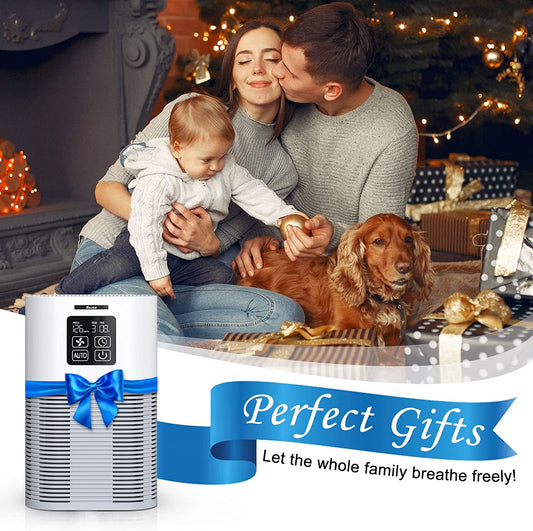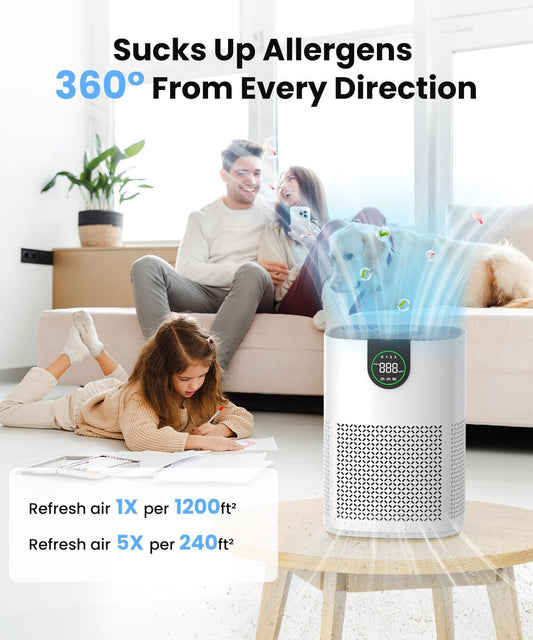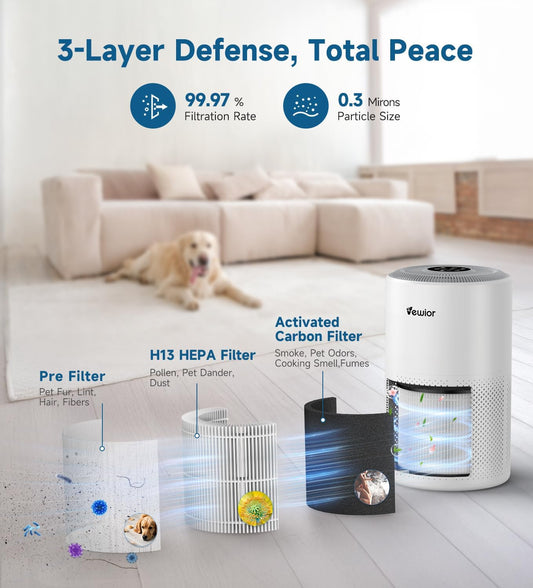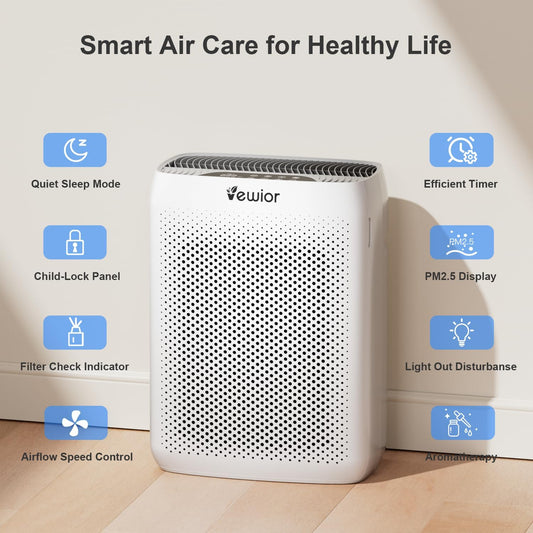Seasonal allergies affect millions of Americans, triggering sneezing, itchy eyes, congestion, and fatigue. For allergy sufferers, relief often feels elusive—especially when pollen, dust mites, pet dander, or mold spores linger indoors. If you’ve wondered whether an air purifier could help alleviate your symptoms, you’re not alone. Let’s explore how air purifiers tackle allergens and what features to prioritize for allergy relief.
Why Indoor Air Quality Matters for Allergy Sufferers
Allergens like pollen, dust, and pet dander can circulate through your home’s air, settling on surfaces or lingering in carpets and upholstery. Even with regular cleaning, microscopic particles often evade traditional methods. Breathing these irritants daily can prolong symptoms and worsen respiratory sensitivity.
How Air Purifiers Combat Allergens
1. HEPA Filters: The Gold Standard
True HEPA filters (High-Efficiency Particulate Air) capture 99.97% of particles as small as 0.3 microns, including pollen, mold spores, and pet dander. For allergy relief, ensure your air purifier uses a certified HEPA filter, not a "HEPA-type" or "HEPA-like" alternative.
2. Activated Carbon for Odors & VOCs
While not directly targeting allergens, carbon filters neutralize odors (like pet smells) and volatile organic compounds (VOCs) from household products, improving overall air quality.
3. Air Exchange Rate
A higher Clean Air Delivery Rate (CADR) means the purifier filters more air per hour. For allergy-prone spaces like bedrooms, choose a unit with a CADR rating that matches your room size.
Key Features to Look For
1. Sealed Design: Prevents unfiltered air from leaking around the filter edges.
2. Smart Sensors: Auto-adjusts fan speed when allergen levels rise.
3. Quiet Operation: Critical for bedrooms or workspaces.
4. Washable Pre-Filters: Extend the lifespan of your HEPA filter by trapping larger particles first.
Tips to Maximize Allergy Relief
l Close Windows during high pollen seasons to limit outdoor allergens entering your home.
l Run the Purifier Continuously on low settings for consistent air cleaning.
l Pair with Regular Cleaning: Vacuum with a HEPA-equipped vacuum and wash bedding weekly.
Are Air Purifiers Enough?
While air purifiers significantly reduce airborne allergens, they work best as part of a holistic approach. Combine them with hypoallergenic bedding, humidity control (to deter mold and dust mites), and minimizing clutter where allergens accumulate.
Air purifiers can be a game-changer for allergy relief by removing airborne triggers and improving indoor air quality. For best results, prioritize HEPA filtration, proper sizing, and consistent use. Ready to breathe easier? Explore our range of allergy-friendly air purifiers and take control of your indoor environment today.


